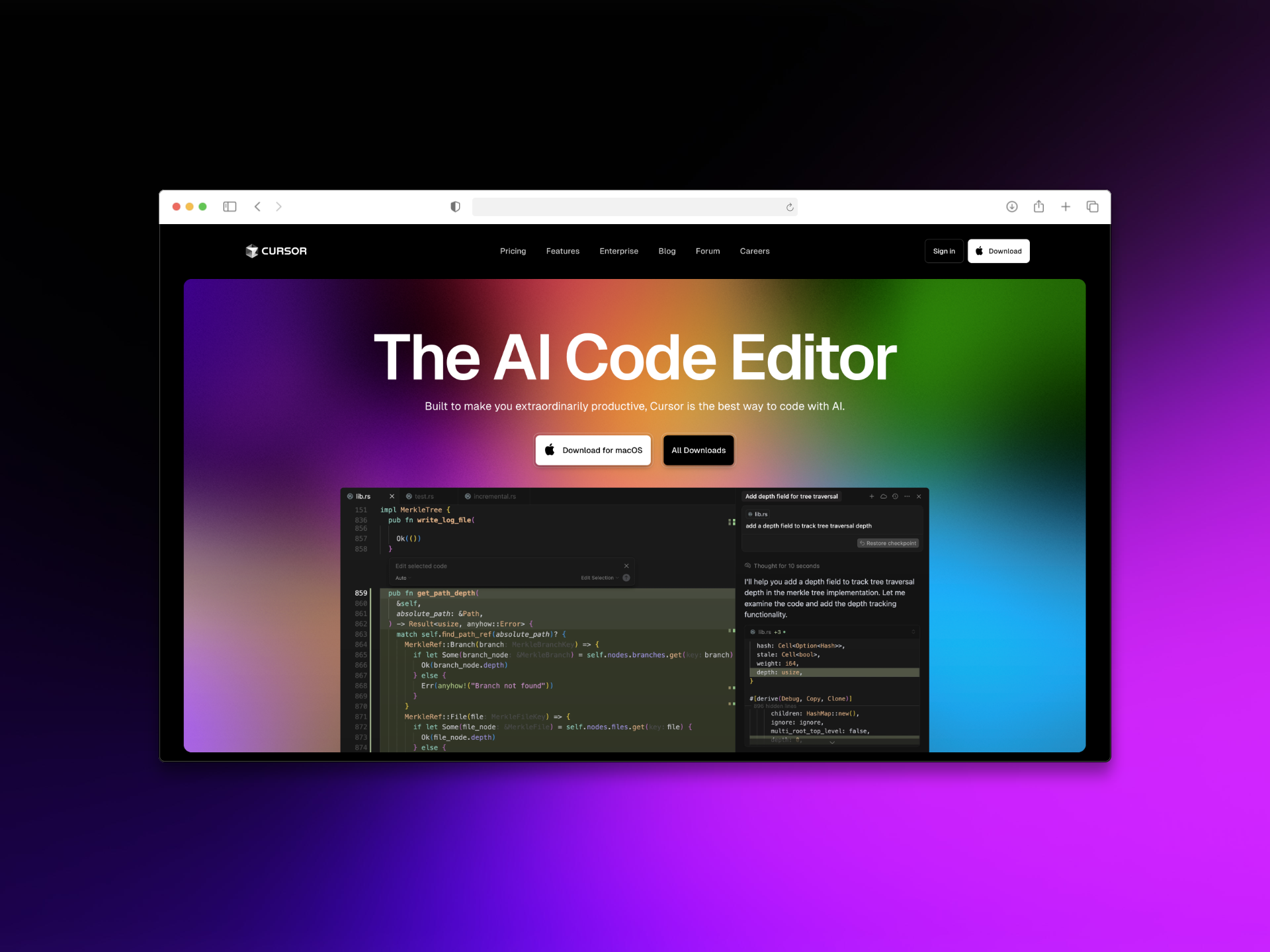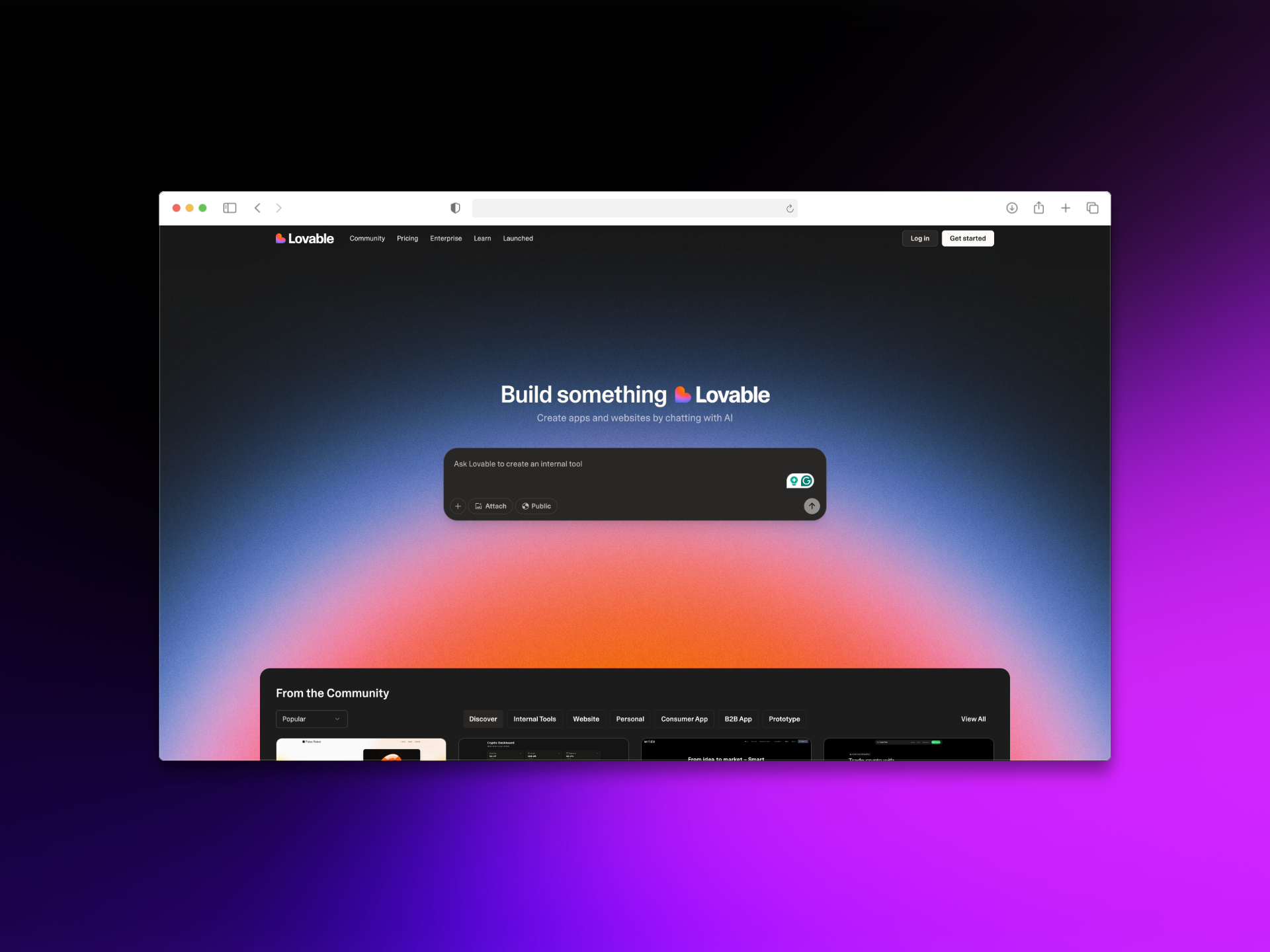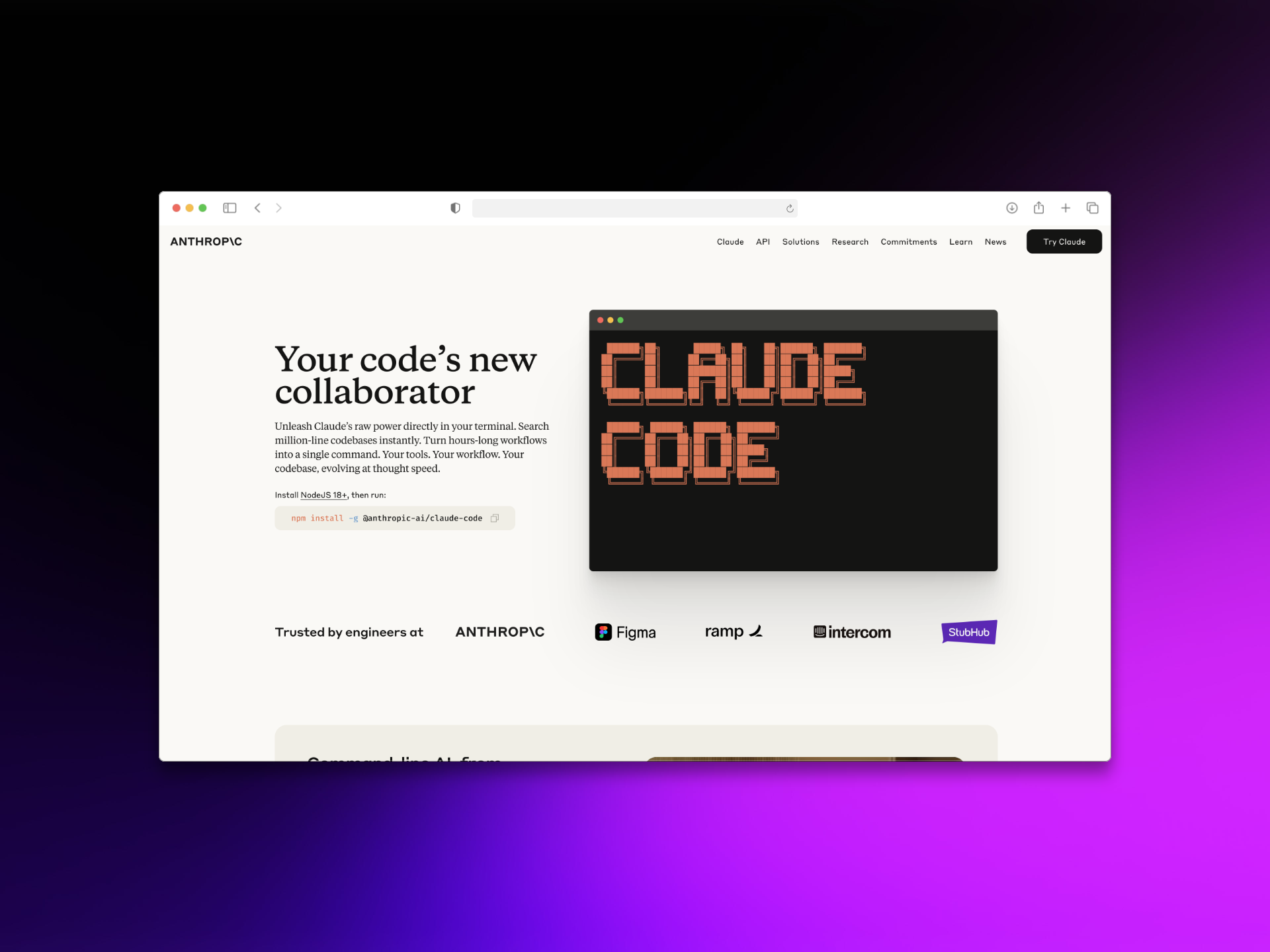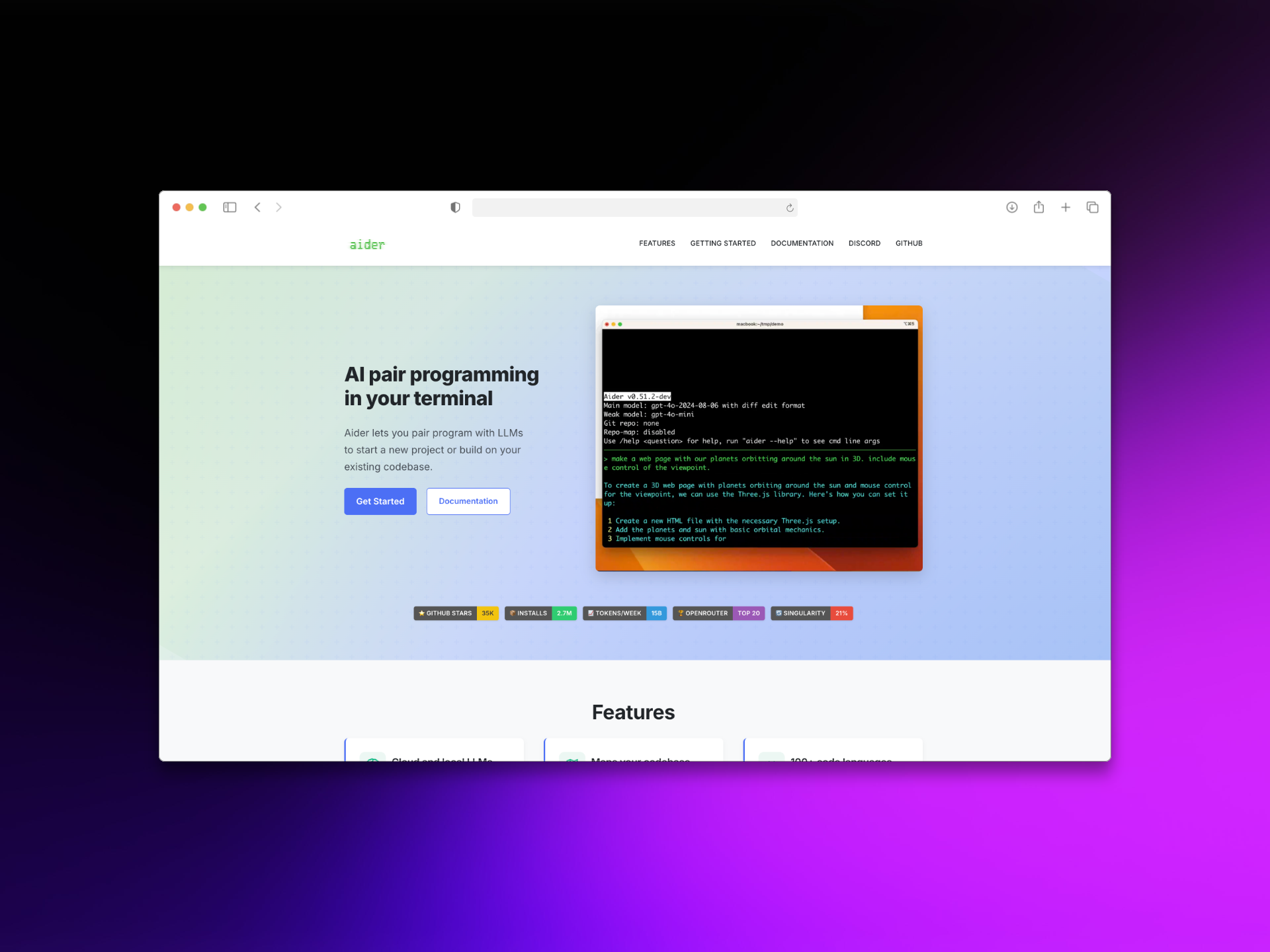Remember when "vibe coding" was just a joke about letting AI write your code while you grabbed coffee?
Well, turns out the joke's on us - because it actually works now. What started as a meme has evolved into a legitimate workflow that's helping both complete noobs ship their first apps and experienced developers 10x their productivity.
I researched the latest community discussions to find out what's actually working for people in 2025.
Here's what I discovered.
The Two-Tier Approach: Choose Your Adventure
The community has essentially settled on two distinct approaches, and your choice depends on how much you want to spend and how much control you need.
Tier 1: The "Just Works" Stack (For Beginners)
If you're new to coding or just want something that works out of the box:
Cursor or Windsurf - These are your gateway drugs to vibe coding. They use flat-fee pricing and heavily subsidize AI credits, so you're not constantly worrying about costs. Perfect for beginners who want to focus on building rather than configuring.

Replit - For 100% vibe-coded projects, this is surprisingly powerful. Everything from database setup to authentication to deployment is handled for you. One developer put it perfectly: "if it's going to be a 100% vibe-coded (and new) project, Replit is best."
Bolt/Lovable - These provide a nice UI to get from one prompt to a working program. Great for non-coders who want to ship something quickly.

Tier 2: The "Power User" Stack (For Control Freaks)
If you know how to code and want more control over your setup:
VS Code Extensions: The holy trinity here is Cline, Roo, or Kilo Code. You bring your own API keys, which gives you more control over costs and model selection.

Claude Code + Gemini 2.5 Pro - This combination is getting rave reviews. One user described it as "pretty damn good" and mentioned using it for complex setups with MCP (Model Context Protocol) for planning.

Aider - Still going strong for frugal developers who want to keep token costs down while maintaining quality.

The Model Wars: What's Actually Working
The community has some strong opinions about which AI models are crushing it:
Gemini 2.5 Pro is having a moment. Multiple developers are praising its code generation abilities, especially when paired with Cline. One consultant mentioned: "Gemini 2.5 Pro is excellent for code. We've been really happy with it."
GPT-4.1 and o1-mini are getting love in Cursor and Windsurf, with users noting they're "great (and still free)" in these platforms.
Claude 3.5 Sonnet remains a solid choice, especially for those who've been using Aider successfully.
Real-World Stack Examples
Here are some actual setups that developers are using in production:
The Complex But Powerful Setup
Claude Code + Gemini 2.5 Pro MCP (planning) +
Aider MCP + Gemini 2.5 Pro (editing)
This keeps costs down while leveraging the best tech for each step.
The Balanced Approach
VSCode + Cline + Gemini 2.5 Pro
Working perfectly for MEAN stack developers (MongoDB, Angular, Node).
The Enterprise-Ready Stack
Cline + Gemini 2.5 Pro + structured documentation
One team uses a directory of .md files for architecture docs, patterns, and conventions as context for their AI coding sessions.
Language and Framework Preferences
The community seems to be gravitating toward:
- Web Apps: React + TypeScript
- Games: Godot + GDScript
- Desktop Programs: Python
- Backend: Node.js for full-stack, Python for backend-heavy projects
Firebase is getting special mention as a great choice for web apps, with Google's new Firebase Studio making the experience even smoother.
The Cost Reality Check
Let's talk money, because that's what indie hackers care about:
| Tool | Pricing | Notes |
|---|---|---|
| Cursor | $20/month | 500 fast requests (resets monthly) |
| Windsurf | ~$20/month | Similar pricing but credits carry over |
| Copilot Pro | $10/month | 300 queries, then $0.04 per additional request |
| Bring Your Own Keys | Variable | Most cost-effective for heavy usage |
Pro tip: If you're breaking it down to requests per dollar, Copilot Pro is actually the cheapest option, especially since you get unlimited GPT-4 requests.
Want more deep dives like this?
We track the latest tools, costs, and workflows so you don't have to. Join 1,800 indie hackers getting our twice-monthly roundup.
The Workflow That's Actually Working
Here's what successful vibe coders are actually doing:
- Start with planning: Use a powerful model like Gemini 2.5 Pro or o1 to break down your project
- Use context effectively: Maintain .md files with your architecture, patterns, and conventions
- Iterate with cheaper models: Use faster models for actual code generation and editing
- Review before committing: Many teams are using AI for code reviews too
One developer shared: "I had given it a fairly substantial prompt last week, then went out to work my compost pile a bit, and came back in like 5 mins later and it was just finishing up the code changes.
The Bottom Line
Vibe coding isn't just a meme anymore – it's a legitimate workflow that's helping people ship faster than ever. Whether you're a complete beginner or a seasoned developer, there's a stack that fits your needs and budget.
The key is to start simple and evolve your setup as you learn what works for your specific use case. Don't get caught up in the complexity – pick a tool from Tier 1, start building, and upgrade your stack as you go.
Remember: the best stack is the one you'll actually use. Start vibing, start shipping, and worry about optimization later.
What's your vibe coding stack? Drop a comment and let's compare notes. The community is moving fast, and the best discoveries are happening in real-time.



